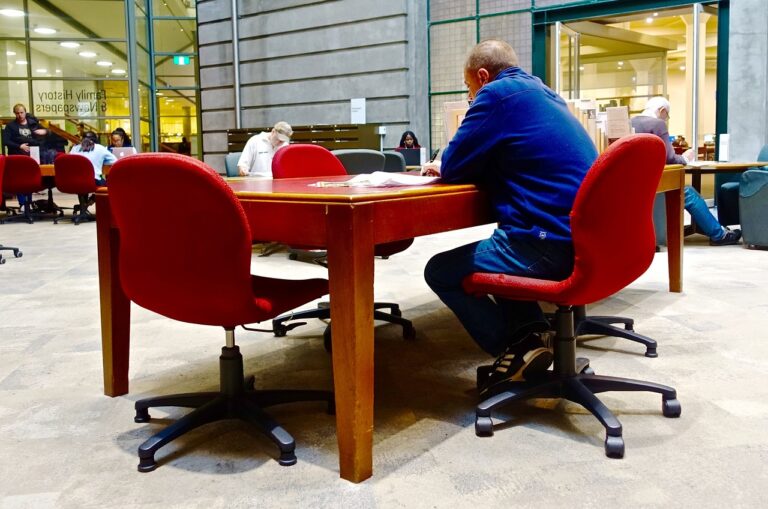Integrating Sustainability Education into School Curricula: Teaching Environmental Responsibility
When it comes to incorporating sustainability education in schools, one of the major obstacles is the lack of standardized curriculum and guidelines. This often leads to inconsistency in what students are taught and how they are taught the subject, making it difficult to assess the impact of the education.
Additionally, a shortage of trained teachers in the field of sustainability poses a challenge to implementing this type of education in schools. Without educators who are knowledgeable about environmental issues and sustainability practices, students may not receive adequate instruction on the importance of these topics, hindering the effectiveness of sustainability education programs.
• Lack of standardized curriculum and guidelines
• Inconsistency in what students are taught and how they are taught
• Difficulty in assessing the impact of education
• Shortage of trained teachers in sustainability
• Educators may not be knowledgeable about environmental issues
• Students may not receive adequate instruction on importance
Benefits of Including Environmental Education in School Curricula
Environmental education in school curricula equips students with the knowledge and skills needed to understand complex environmental issues facing our world today. By integrating environmental education into the curriculum, students gain a better understanding of the interconnectedness of environmental, social, and economic systems, empowering them to become informed citizens and future leaders committed to sustainable practices.
Incorporating environmental education in schools also helps foster a sense of responsibility and stewardship among students towards the environment. By engaging in hands-on activities, environmental projects, and outdoor learning experiences, students develop a deeper connection with nature and a greater appreciation for the importance of conservation. This, in turn, cultivates a sense of environmental consciousness and encourages students to make environmentally-friendly choices in their daily lives.
Effective Teaching Methods for Sustainability Education
Ensuring the success of sustainability education in schools requires the utilization of effective teaching methods that engage students and foster a sense of environmental responsibility. Incorporating hands-on activities, such as eco-friendly projects and outdoor expeditions, can deepen students’ understanding of sustainability concepts and inspire them to become active stewards of the environment. By providing real-world examples and practical experiences, educators can make sustainability education more relatable and impactful for students of all ages.
Another effective teaching method for sustainability education is promoting discussions and debates on environmental issues within the classroom. Encouraging students to express their thoughts and opinions on topics like climate change, biodiversity loss, and resource conservation can enhance their critical thinking skills and increase their awareness of global sustainability challenges. By creating a safe space for open dialogue and respectful exchanges, teachers can empower students to explore diverse perspectives and develop a deeper appreciation for the interconnectedness of environmental issues.
What are some common challenges of implementing sustainability education in schools?
Some common challenges include limited resources, lack of teacher training in sustainability education, and curriculum constraints.
What are the benefits of including environmental education in school curricula?
Including environmental education in school curricula can help students develop critical thinking skills, increase their awareness of environmental issues, and empower them to make positive changes in their communities.
What are some effective teaching methods for sustainability education?
Some effective teaching methods for sustainability education include hands-on learning activities, project-based learning, and incorporating real-world examples and case studies into the curriculum.







